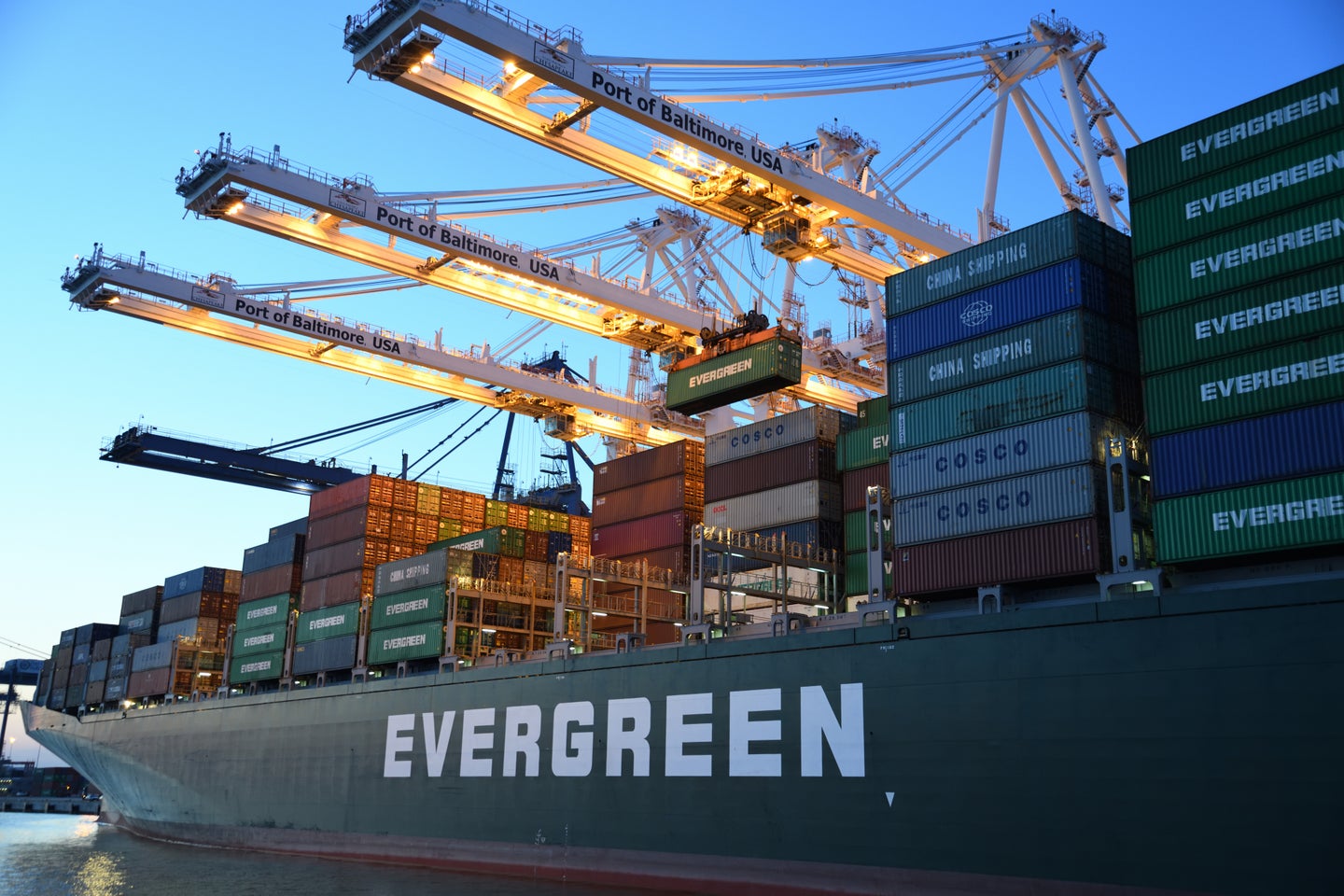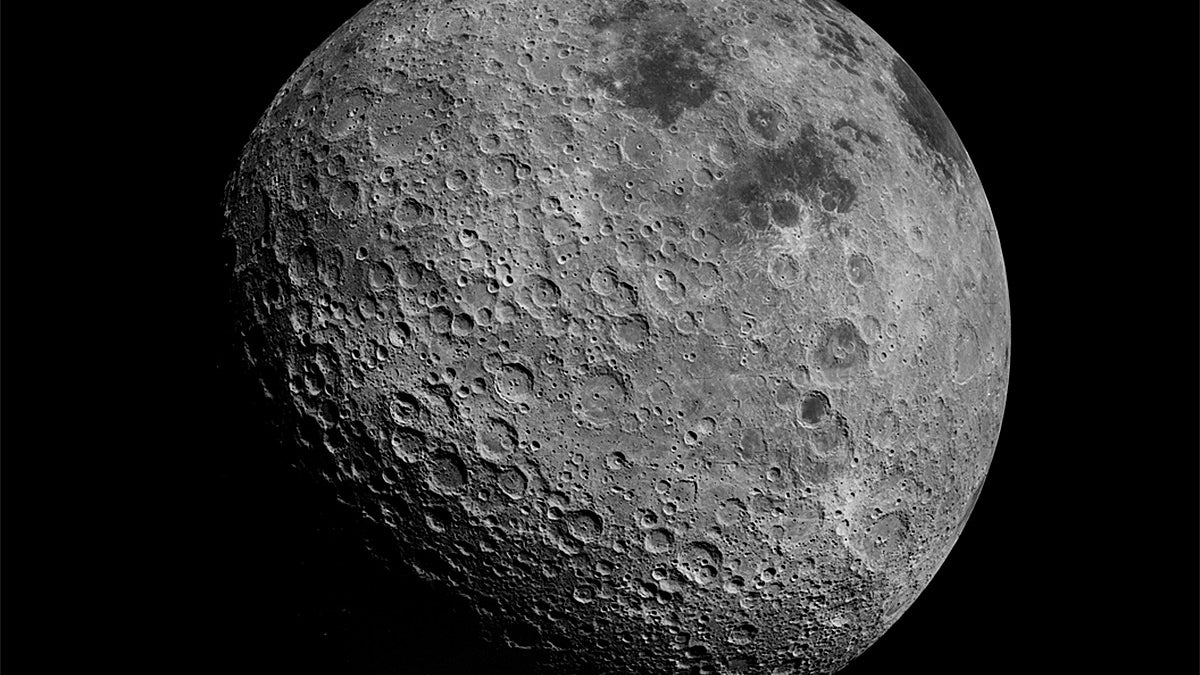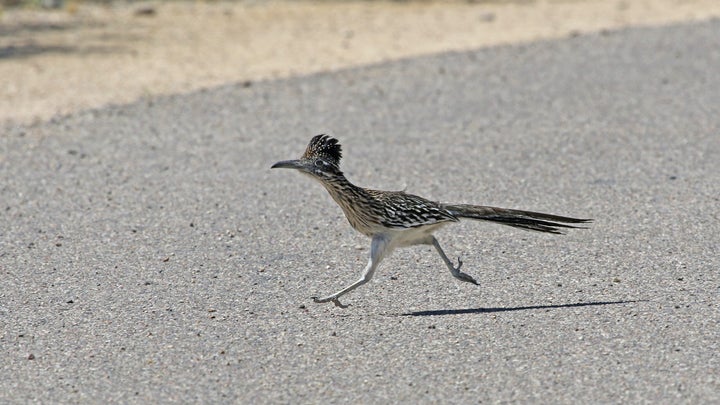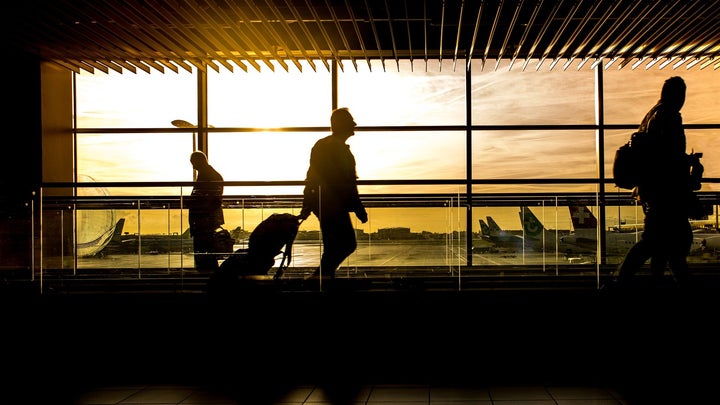
Designated ‘net-zero’ lanes could push the shipping industry to clean up its act
'Green corridors' for ocean freight are among COP26's list of promises.
- Science
- Environment
 Shipping currently makes up for a 3 percent chunk of greenhouse gas emissions. David Dibert from Pexels SHARE
Shipping currently makes up for a 3 percent chunk of greenhouse gas emissions. David Dibert from Pexels SHARE The world’s ever growing global economy runs on shipping– this means that supplies from food to building materials. Some of the items and materials we order online (including from huge companies like Amazon) from overseas often make it to our doorsteps thanks to shipping lanes and canals that connect the world.
var siteRootDomainParts = window.location.host.split("."); var siteRootDomain = window.location.host; if ( siteRootDomainParts.length >= 2 ) { siteRootDomain = siteRootDomainParts[siteRootDomainParts.length - 2] + "." + siteRootDomainParts[siteRootDomainParts.length - 1]; } cnxps.cmd.push(function () { cnxps({ playerId: "d0aa10a3-c0c5-48e8-865e-f5d73ae74404", customParam1: window.empire.apps.ads.targeting.pageId + "", customParam2: window.empire.apps.ads.targeting.section + "", customParam3: window.empire.apps.ads.targeting.keywords + "", settings: { advertising: { macros: { cust_params: "site=" + siteRootDomain + "&targeting_article=" + window.empire.apps.ads.targeting.externalId + "&targeting_section=" + window.empire.apps.ads.targeting.section + "&targeting_keyword=" + window.empire.apps.ads.targeting.keywords + "&article=" + window.empire.apps.ads.targeting.pageId, article: window.empire.apps.ads.targeting.pageId, category: window.empire.apps.ads.targeting.section, keywords: window.empire.apps.ads.targeting.keywords, } } } }).render("404a5343b1434e25bf26b4e6356298bc"); });Shipping canals all over the world connect ships from one body of water to another and help shorten trips by having vessels go through land masses, versus around them. Some famous canals that connect international trade include the Panama Canal that connects the Atlantic Ocean to the Pacific Ocean.
However, this isn’t a perfect system. There are snags that often mess up the global supply chain. Take the pandemic and other supply chain issues from this past year. Manufacturers were already struggling to keep up with demand before COVID shut the world down last spring, but shipping along with companies that manufactured items either shut down or were working at limited capacity, The New York Times reported. One jarring example of that were the photos of supermarkets and big box store shelves sitting half empty while manufacturing and shipping abroad struggled to meet demands for necessary items, including food.
[Related: Your lost shipment could be trashing a beach thousands of miles away.]
The shipping industry is also responsible for almost 3 percent of global carbon emissions. According to Yale Climate Connections, moving the 10 billion metric tons of cargo every year across the planet is responsible for more emissions than airplanes which are responsible for about 2 percent of emissions. Agencies like the UN’s International Maritime Organization (IMO) are supposed to steer the industry towards lower emissions, but have lagged on making the transition to electric power and other long term measures that would bring the industry to net zero carbon emissions.
To push towards a greener global industry, a coalition of 19 countries, including the US, the UK and the Marshall Islands, met at COP26 last week and agreed to work on a new idea—”green” or “zero emissions” trade routes to take decarbonization efforts to the next level.
The agreement, called the “Clydebank Declaration for Green Shipping Corridors,” aims to create “green” shipping lanes that will lower emissions from the shipping industry. In the maritime industry, shipping lanes are regularly used routes to transport goods around the world. This agreement would create designated lanes across bodies of water for vessels that must not create emissions by 2050.
“It is our collective aim to support the establishment of at least six green corridors by the middle of this decade, while aiming to scale activity up in the following years, by inter alia supporting the establishment of more routes, longer routes and/or having more ships on the same route,” signatories said in a press release. “It is our aspiration to see many more corridors in operation by 2030. We will assess these goals by the middle of this decade, with a view to increasing the number of green corridors.”
The strategy for going carbon neutral will include using ships that run on zero-carbon fuels and updating port infrastructure. Some companies have already begun to work on lower emissions to net zero ports. UK based ports operator Peel Ports is working toward going net zero by 2040 and is exploring hydrogen fuel solutions, Reuters reported.
[Related: This electric cargo ship sails itself.]
Though progress is much needed, some environmental advocates worry that the lack of specifics for implementation of the Clydebank Declaration could make it harder to actually push shipping towards lowering emissions.
“[We] warn the Clydebank framework leaves room for delay tactics and fossil fuel loopholes,” Madeline Rose, Climate Campaign Director, Pacific Environment, said of the agreement in a statement. “We urge partner countries and ports to act quickly to set immediate, interim and ultimately mandatory benchmarks to phase out all fossil fuel ship pollution along their shared corridors.”
Industry leaders have also been generally receptive—some even pushing for more regulation and tougher enforcement. “The majority of the industry has accepted we need to decarbonize,” Jan Dieleman, president of ocean transportation giant Cargill, told Reuters. “Industry leadership needs to be followed up with global regulation and policies to ensure industry-wide transformation. We will not succeed without global regulation.”
climate change Environment greenhouse gas emissions maritime shipping MORE TO READIntroducing Jobbguru: Your Gateway to Career Success
The ultimate job platform is designed to connect job seekers with their dream career opportunities. Whether you're a recent graduate, a seasoned professional, or someone seeking a career change, Jobbguru provides you with the tools and resources to navigate the job market with ease.
Take the next step in your career with Jobbguru:
Don't let the perfect job opportunity pass you by. Join Jobbguru today and unlock a world of career possibilities. Start your journey towards professional success and discover your dream job with Jobbguru.
Originally posted on: https://www.popsci.com/science/cop26-net-zero-shipping-lanes/


